A Fat Guy By Any Other Name Would Still Be a Dicker
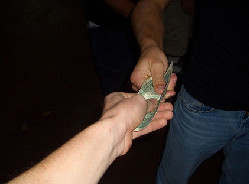
What a dicker.
I think I just hit a goldmine. It will be a boon, at least, for those who want to make fun of my last name not just in English, but in German as well.
For me, this discovery is the most amusing reschooling in etymology, foreign language, and genealogy that I could ever want. Tonight I felt inspired to look up the German translation for “Dicker,” my last name, after reading my future brother-in-law’s blog post about Andy Dick’s recent arrest. Dick accosted a 17-year-old-girl and urinated in public outside a buffalo wings “emporium,” which sounds like a classy joint for a classy guy. The incident just provides further evidence for what I already know: Having “Dick” as part of your name may correlate with a life of crime (Exhibit A: Mr. Cheney). Before you know it, you not only have profanity on your birth certificate, but you also have a permanent record and “Dick” as the fitting caption beneath your mug shot.
My sister Gill and I are proud of our dad’s German heritage and family. We are also staunch feminists. However, since we were little girls, we have dreamed of the day we could get married and change our name to something a little more….humane. Next January 17, Gill will achieve that dream and become a Burgess. I, on the other hand, expect to relive the playground teasing and the “Is that really your last name?” disbelief as Reschool Yourself takes me into the upper grades. (When substitute teaching 4th grade years ago, I found that the kids were still innocent enough to turn my last name teasingly into “Miss Sticker” or “Miss Tigger,” and nothing more. I just about hugged them.)
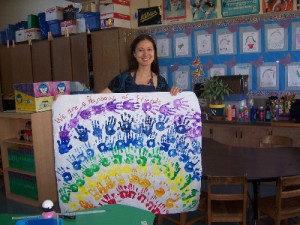
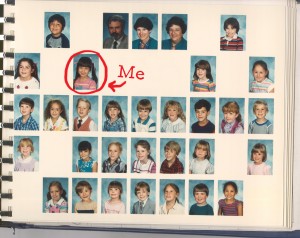
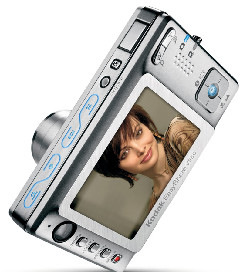

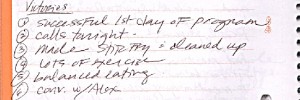
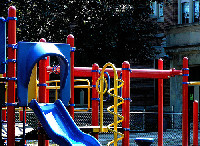 In returning to my elementary school, I never expected to “step into the same river twice.” I knew that the school had changed quite a bit since I attended it from 1985-1991. Over the years, I’d taken occasional walks around the campus and seen new jungle gyms (or “big-toys” as we used to call them) installed and the paint accents go from red to green. I’d seen the library and office move locations, and new portables installed.
In returning to my elementary school, I never expected to “step into the same river twice.” I knew that the school had changed quite a bit since I attended it from 1985-1991. Over the years, I’d taken occasional walks around the campus and seen new jungle gyms (or “big-toys” as we used to call them) installed and the paint accents go from red to green. I’d seen the library and office move locations, and new portables installed.
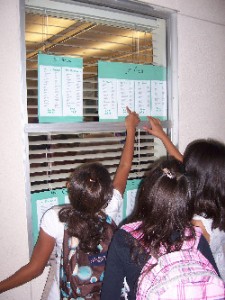 At around 7:45 am, I headed to the kindergarten room where I’ll be volunteering through next Monday. My original kindergarten room now houses a first-grade class where I’ll volunteer next week, and the kindergarten is now in a portable next to the play yard. Barbara, the teacher and a family friend, is honestly one of the kindest people I know. Someone recently said, “People can’t mention Barbara without adding, ‘She’s so nice!'” Barbara asked me to help greet the families as they came in and get the kids settled, helping them hang their backpacks in cubbies and showing them puzzles that would occupy them as their parents left.
At around 7:45 am, I headed to the kindergarten room where I’ll be volunteering through next Monday. My original kindergarten room now houses a first-grade class where I’ll volunteer next week, and the kindergarten is now in a portable next to the play yard. Barbara, the teacher and a family friend, is honestly one of the kindest people I know. Someone recently said, “People can’t mention Barbara without adding, ‘She’s so nice!'” Barbara asked me to help greet the families as they came in and get the kids settled, helping them hang their backpacks in cubbies and showing them puzzles that would occupy them as their parents left.